
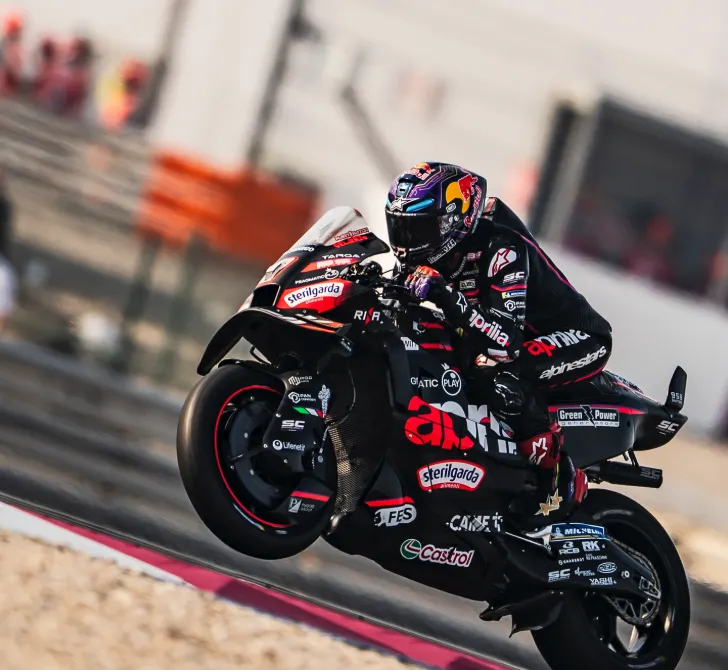
Jorge Martin overcame his psychological trauma and made good progress on the first day back on the track, while Aprilia is facing difficulties.
Jorge Martin returned to the MotoGP grid at the Qatar Grand Prix with a determined mindset and resilience that stunned fans and critics alike. The reigning world champion took to the track with unfinished business, still visibly recovering from injury but pushing through physical limitations to reassert his presence. However, while Martin showcased glimpses of his championship grit, his Aprilia teammates struggled to keep pace, raising questions about the performance of the RS-GP package in Lusail.
Despite Martin’s personal win in simply completing the sessions, the contrast between his motivation and Aprilia’s technical inconsistency made for a mixed Friday showing. As rival teams like Ducati dominate the narrative, Aprilia finds itself in a precarious position — one that demands answers, development, and leadership under pressure.
Jorge Martin’s return marks a mental and physical milestone
Jorge Martin’s comeback to racing wasn’t just about lap times or rankings — it was a mental triumph over trauma. Just a few weeks earlier, Martin was sidelined by a crash that left doubts over whether he would even line up in Qatar. While still not at 100% fitness, the Spaniard took to the Lusail International Circuit determined to reconnect with the Aprilia RS-GP and get back into competitive rhythm.
His performance in FP1 (Free Practice 1) was far from ideal in terms of speed. Martin ended the session in 20th place, over two seconds behind pace-setter Marc Marquez. But for Martin, the true victory was simply being back on the track. Despite visible discomfort — he needed help removing his gloves and helmet — Martin declined medical assistance from MotoGP’s Dr. Angel Charte and focused instead on bike feedback.
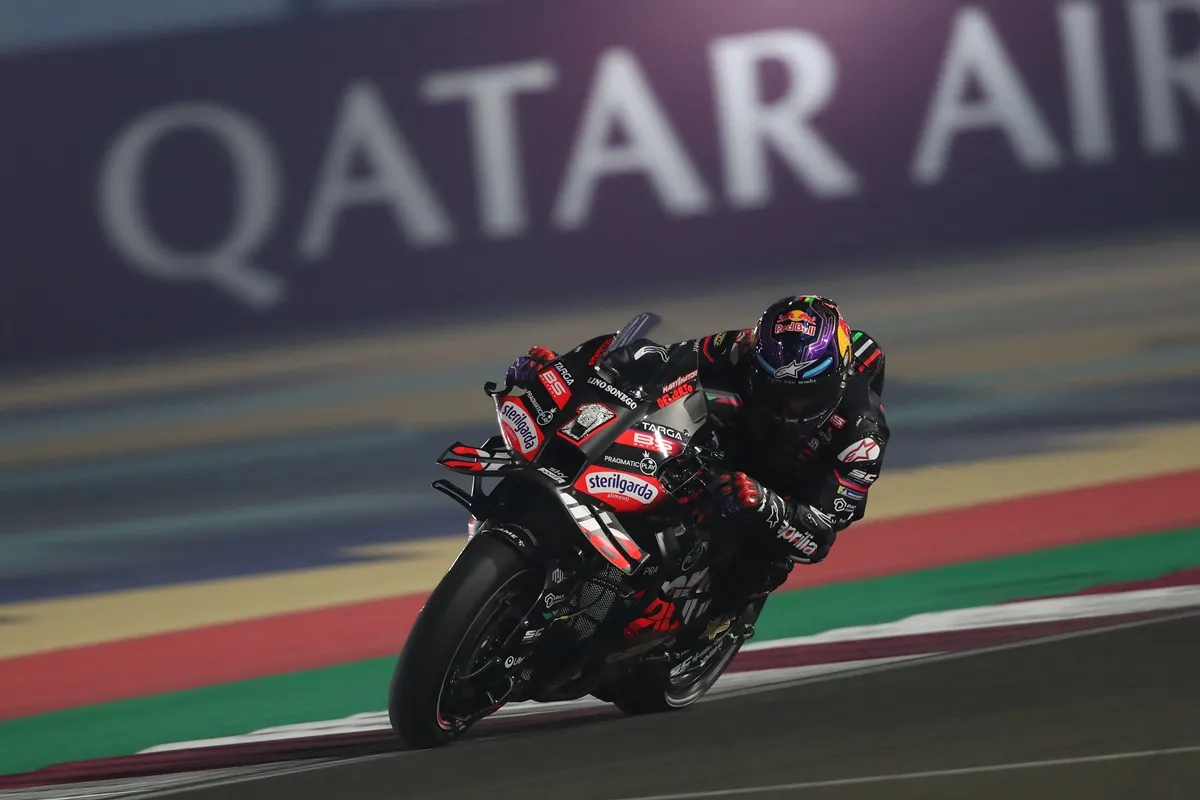
Massimo Rivola, CEO of Aprilia, reflected the team’s emotional support for their star rider: “I was worried, like everyone else. But when Jorge came back to the garage and said, ‘I don’t need the doctor — I need to talk about the bike,’ I knew he was back.”
Aprilia’s support cast falters while Martin shines under adversity
While Martin was praised for his courage and grit, his return also inadvertently highlighted Aprilia’s deeper problem — a lack of performance across the board. Despite Aprilia’s RS-GP being one of the most refined bikes on the grid in 2024, the three other factory-supported riders failed to break into the top positions in both practice sessions on Friday.
Marco Bezzecchi, in particular, seemed unable to find confidence through the corners. His lack of mid-corner stability was so significant that he nearly impeded Marc Marquez in FP1. Maverick Viñales and Aleix Espargaró also found themselves outside the automatic Q2 contention, lacking the pace and tire confidence needed to compete with Ducati or VR46 machines.
This collective underperformance raises a difficult question: was Martin’s lack of pace solely due to injury, or is there a larger issue within Aprilia’s setup this weekend?
Progress through the pain: Martin’s evening practice reveals grit
Martin continued his campaign in FP2, aiming to put in a stronger performance with the soft rear tire in the cooler evening conditions. Yet again, he was limited in output due to fatigue, completing just a few fast laps. He finished 20th, with only Augusto Fernandez and Somkiat Chantra behind him.
He was 1.568 seconds off the session leader Franco Morbidelli and a full second behind Johann Zarco, the last rider to earn direct Q2 qualification. Still, Martin considered the day a success: “This was harder than I expected. It’s really difficult to ride a MotoGP bike when you’re not physically ready. But I managed more laps in the evening than the morning. That’s progress.”
The difference between morning and evening stints — two laps vs. four to five — shows incremental gains. Whether these are enough to allow him to compete in Sunday’s race remains unclear. “If you asked me this morning, I would’ve said there’s no way I can race Sunday. Now I think it might be possible,” Martin said.
Aprilia’s technical setup under scrutiny amid Ducati dominance
Aprilia’s riders, including Martin, are united by one challenge: the struggle to make the most of the RS-GP at a track where other manufacturers are excelling. Ducati has established itself as the team to beat, with riders like Pecco Bagnaia and Franco Morbidelli consistently placing at the top of practice sessions.
For Aprilia, the question isn’t just about physical limitations or individual errors — it’s about whether their current setup can extract enough pace on low-grip surfaces like Lusail. The bike’s acceleration out of slow corners, rear grip degradation, and top-speed disadvantage all played roles in limiting their competitiveness.
While Martin managed to put in clean laps under heavy strain, his teammates — all of whom are healthy and have had significantly more track time — failed to provide a positive reference for setup changes or long-run performance.
Mental fortitude defines Martin’s character in comeback
One of the most impressive aspects of Jorge Martin’s day wasn’t on the timing screen but in his mental approach. He acknowledged the difficulty of riding at less than full strength and yet maintained composure and professionalism throughout the day.
“I just wanted to test myself,” Martin said. “Even if I couldn’t race, I needed to understand how my body would respond. I’m happier than I thought I would be. We’re better than expected.”
This outlook underscores why Martin is not only a world champion in title but in mindset. His ability to compartmentalize physical pain and focus on incremental progress is the hallmark of an elite competitor.
Bezzecchi and Aprilia’s early-season slump continue in Qatar
Marco Bezzecchi’s Friday woes only added to Aprilia’s disappointment. Despite high expectations for 2025, Bezzecchi’s performance has been underwhelming since round one. In Qatar, his struggle with slow corners and poor entry speed nearly caused chaos in FP1 when Marc Marquez had to aggressively avoid a collision.
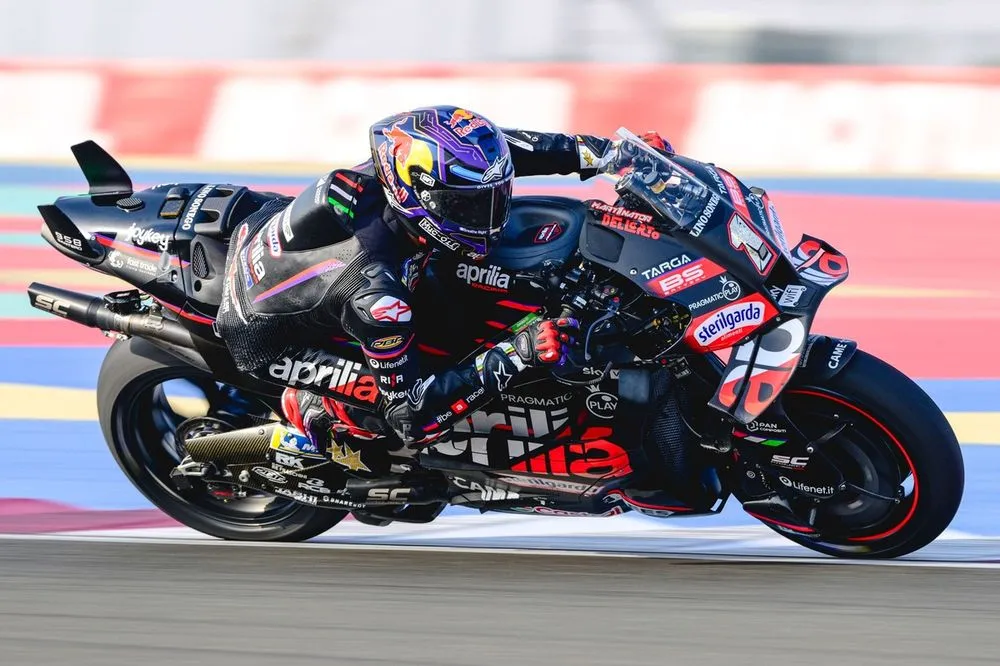
Bezzecchi’s inability to bring Aprilia into top-10 contention — despite being fully fit and with significant preseason mileage — is alarming. It reflects not only a confidence issue but a possible mismatch between rider style and RS-GP evolution.
As the only factory not to place a bike in the top 12 on Friday, Aprilia must reassess its development strategy — and soon.
What’s next for Jorge Martin and Aprilia?
Saturday’s qualifying session is shaping up to be a massive test for both Martin and Aprilia. With Q1 looming, Martin will have to push his physical limits again to even have a chance at making Q2. The team, meanwhile, needs to deliver a setup that allows him to extract maximum performance while compensating for his limited energy and strength.
For Martin, each lap is now part of a larger comeback story. The mental victory of returning to the paddock, riding again, and not giving in to pain will serve as motivation whether or not he races on Sunday.
Aprilia’s engineers, meanwhile, must take responsibility for a lackluster technical base that has left even their champion looking vulnerable. The contrast between Martin’s courage and the team’s lack of performance makes one thing clear: something has to change.
Final thoughts: the heart of a champion, the doubts of a factory
In one sense, Jorge Martin’s Friday in Qatar was a personal success — overcoming pain, testing his limits, and finishing the day on his own terms. But for Aprilia, the bigger picture is murkier. If a half-fit rider is the brightest spot of the day, it suggests structural issues within the team and the RS-GP that must be addressed.
Martin’s journey is not over — and neither is Aprilia’s chance to turn things around. But if the team hopes to remain competitive through 2025, it must find answers fast. Until then, Martin will carry the torch with bravery, speed, and a relentless will to rise again.
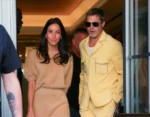
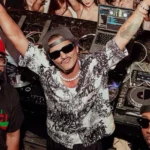
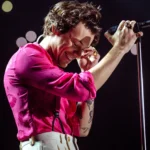

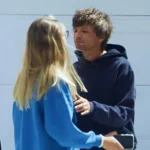

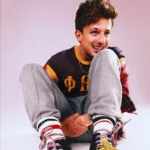


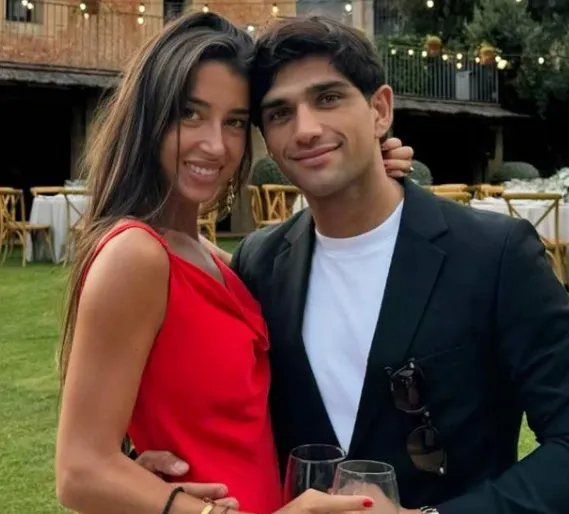
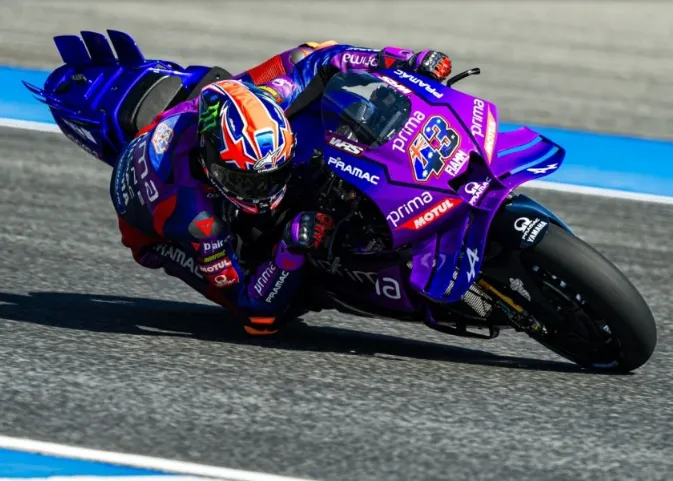
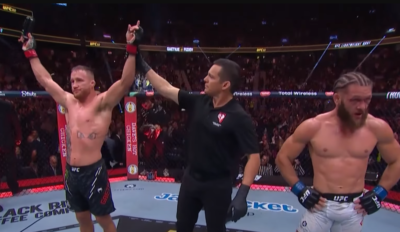
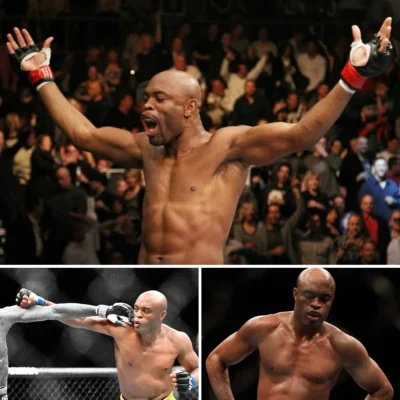


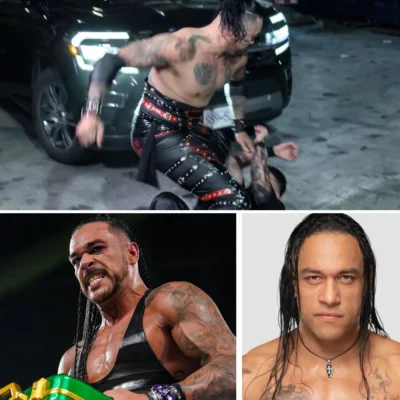
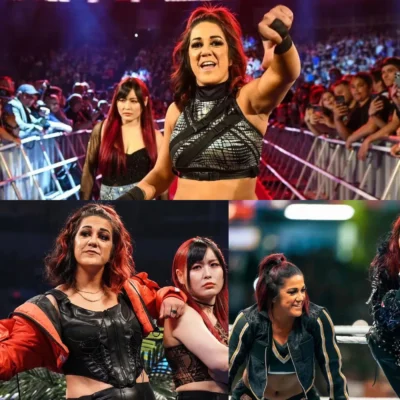

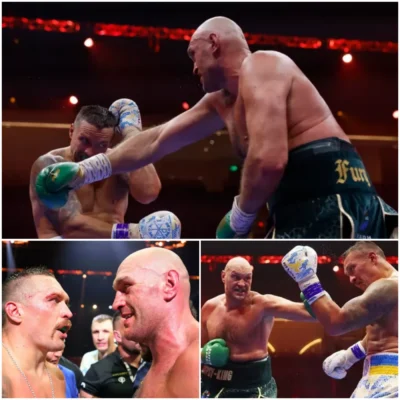
Post Comment